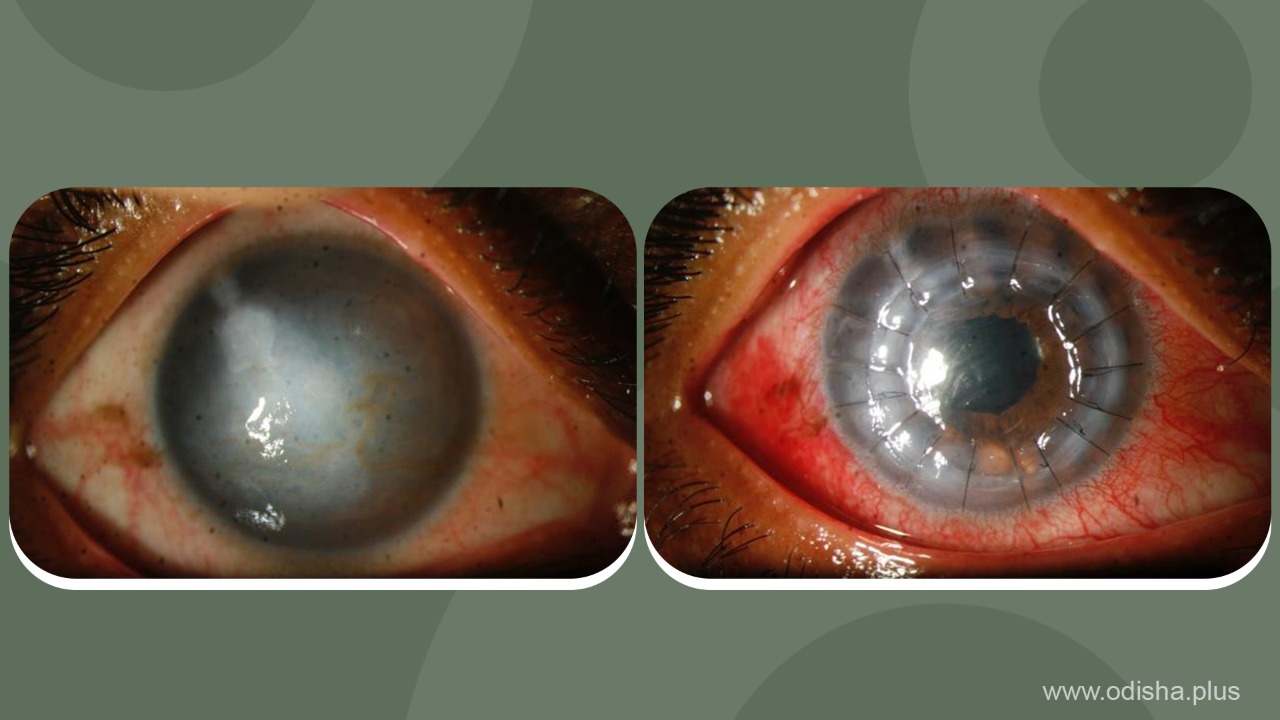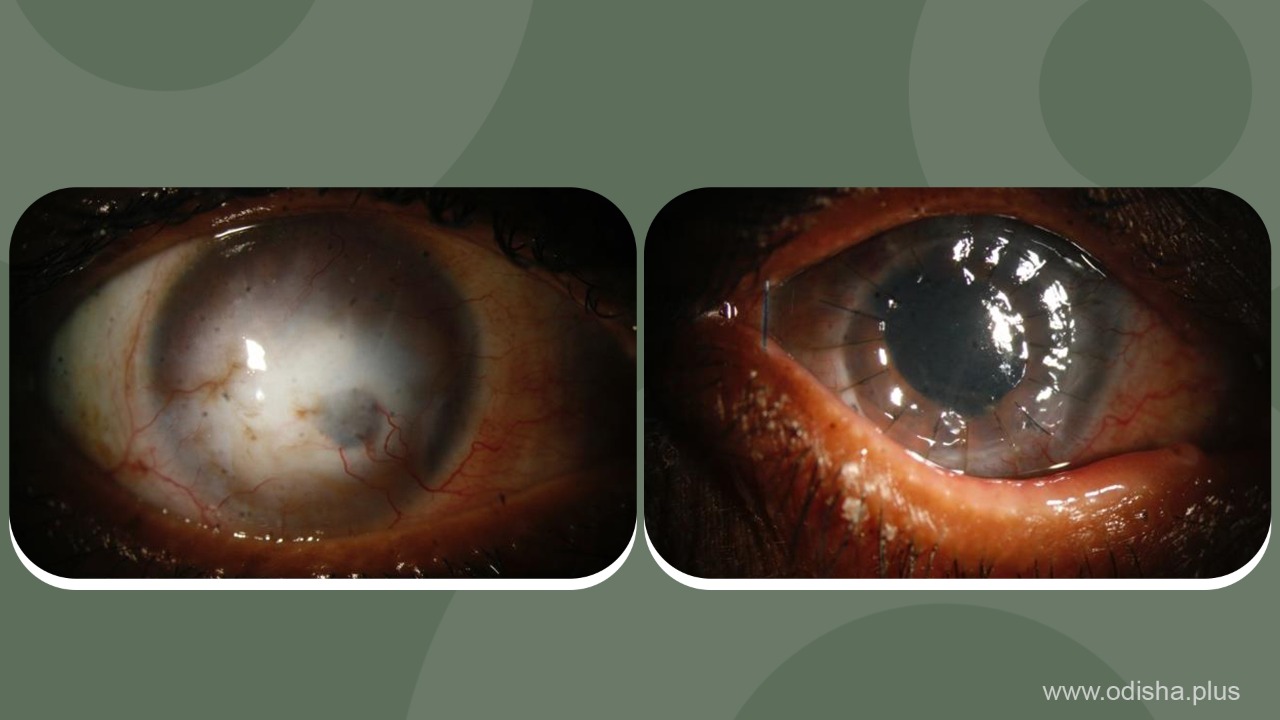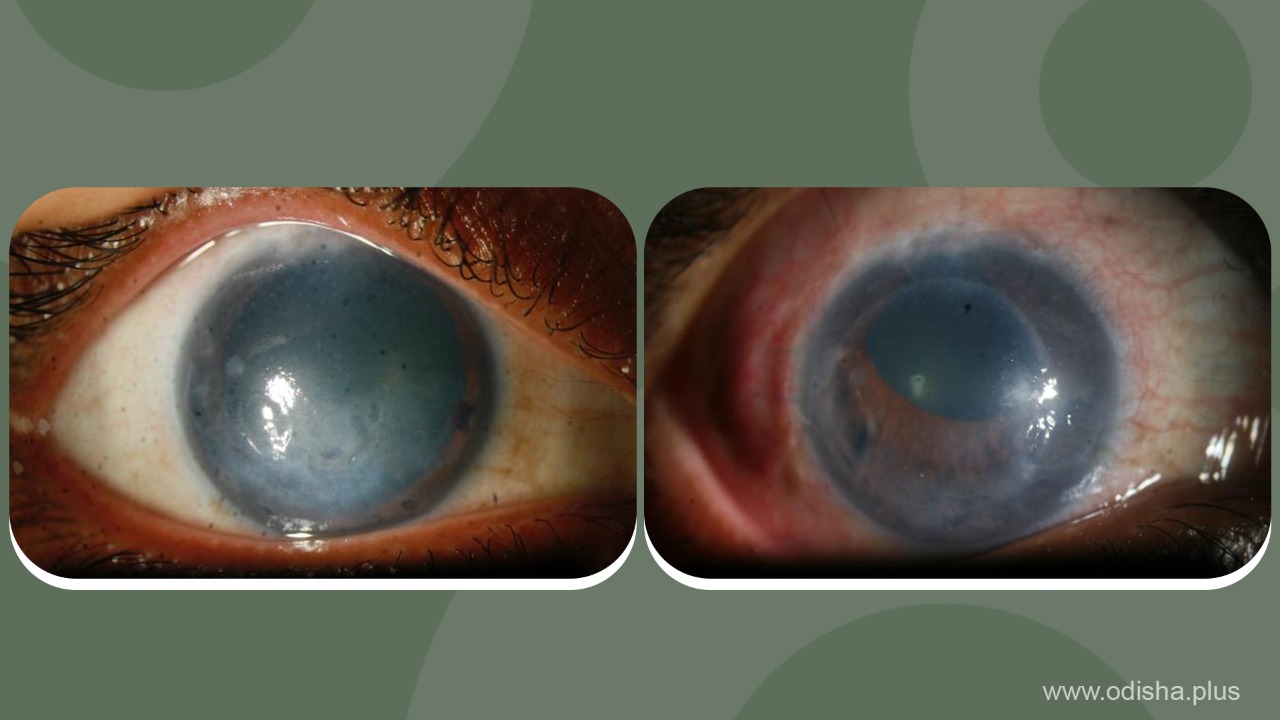Dr Ipsita Muni
In October 2021, shock waves were sent through India when Kannada superstar and fitness enthusiast Puneeth Rajkumar succumbed to a massive heart attack. An idol to many during his lifetime, he set a positive example even after his untimely death. He became the third in his family, after his father and mother, to donate his eyes.
In India, nearly 40 million people are blind or visually impaired. Approximately 7.2% of this number is due to corneal blindness. Cornea is the transparent, circular structure in front of the eyeball; it is through this structure that light enters the eye. Various diseases can lead to scarring and subsequent opacity of the cornea, which leads to a failure of light rays to enter the eye. These diseases include infections, eye trauma, congenital diseases, and vitamin A deficiency. After cataract, corneal blindness is the second most important cause of blindness in people aged more than 50 years; even more strikingly, it is the most important cause in people aged less than 50 years, constituting 37.5% of total blindness in that age group.
A corneal transplant, or keratoplasty, can be used to restore vision or provide support to a thinning cornea. It is a surgery where a diseased cornea is replaced with a clear cornea obtained from a human donor.In full-thickness keratoplasty, a button of the full thickness of the diseased cornea is removed, and replaced with a similar sized button of the donor cornea (Fig 1-4). In partial-thickness keratoplasty, either the front or back layers of the diseased cornea are removed, and replaced with the same layers from a healthy cornea (Fig 5, 6).

Recent advances have led to removal and replacement of even thinner layers of the cornea. Advantages of these developments include stitch-less surgery, which leads to quicker gain of vision, reduced risk of donor graft rejection, and faster rehabilitation of the patient. Additional advantage is that a single donated cornea can be used to restore vision in two patients.
In view of the disease burden and the developments in keratoplasty that give the gift of sight to those in need, the importance of eye donation cannot be over emphasised. Approximately 1.2 million people in our country have blindness due to corneal diseases, and around 30,000 people are added each year. In addition to this formidable requirement, the recent COVID-19 pandemic has led to a backlog in collection of eyes and transplants.
People of all ages, gender, religion and blood groups can pledge to donate their eyes. Those with cataract or refractive errors that require the use of spectacles, or medical conditions such as diabetes or high blood pressure, can also donate their eyes. Decision to donate the deceased person’s eyes can also be taken by his or her relatives. Eyes are never bought or sold, and can be donated only after death. The identity of the donor and recipient are kept confidential at every stage of the process.

Eyes are recovered from the deceased within six hours of their death. The time taken to recover the cornea takes only 15-20 minutes.It is important to note that eye donation leaves no disfigurement that interferes with the appearance or dignity of the deceased.
If you want to become an eye donor, you are required to fill the pledge form, which is available in all major hospitals and eye banks, and send it to your nearest eye bank. The process can also be done online through the following link: http://ebai.org/donator-registration.
Once you are registered as an eye donor, you will be provided with an Eye Donor Card. It is important to inform your family and friends of your pledge, so that they can inform the nearest eye bank at the earliest.

In order to donate the eyes of someone who had pledged eye donation, or a close relative who has not formally pledged eye donation, you are required to dial the nearest Eye Bank (toll-free number 1919) within 4-6 hours of their death. You can also dial this number for more information regarding eye donation. There is no cost incurred to you; the expenses are borne by the eye bank.
In Bhubaneswar, Drushti Daan Eye Bank was the first of its kind established in 2002, situated in the premises of LV Prasad Eye Institute. It recently crossed a milestone of 10,000 collected donor corneas in October 2021, with 8147 corneal transplants done till date.For more information regarding eye donation in Odisha, you can contact this eye bank on 0674-2725889 or 3987999.
The gift of sight may be the most precious of our senses; losing it has tremendous social, psychological and economic impact to the patient and his/her family. Development of keratoplasty and advancement in surgical techniques allow us to give this gift to those who never had it, or have lost it due to corneal blindness. The eyes of superstar Puneeth Rajkumar will have gone on to give sight to four people. Let us all pledge to become superstars and give sight to those in need.
Tags: #Cornea #cornealblindness #cataract #keratoplasty #EyeBank #Developmentofkeratoplasty #PuneethRajkumar #Bhubaneswar #Odisha #COVID19






















